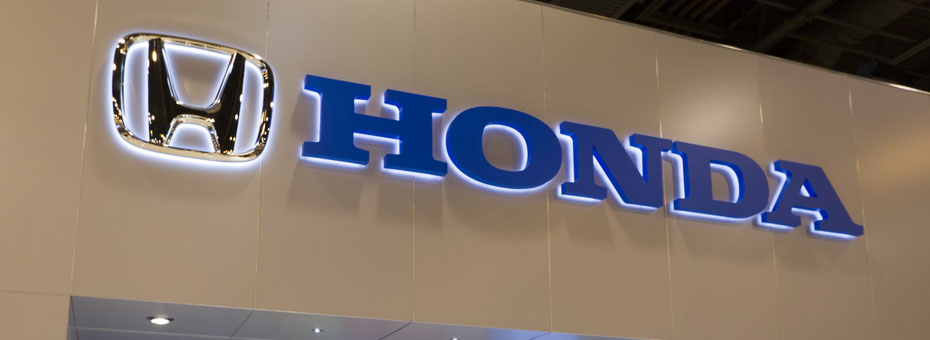Honda (the car company) reported something very interesting in January about its imports and exports to and from North America. But to put this news in perspective it helps to have a bit of background. So here goes:
We in the lean movement talk an awful lot about Toyota. But Honda has always been my favorite company in the lean universe. They were enormously helpful to me and the MIT research team when we were writing The Machine That Changed the World, and they were the first to apply lean logic in creating a global production and engineering system.
Beginning in 1979 with the motorcycle plant in Marysville, Ohio, Honda started to move production closer to its global customers. The next step was the auto assembly plant Honda opened nearby in 1982. The development of design and engineering centers in the US was well underway by the end of the 1980s. (In each case Honda was several years ahead of Toyota and removed any excuse Toyota might have had for staying at home.)
While writing Machine in the late 1980s, I made a number of visits to Marysville to talk with Shoichiro Irimajari, then head of Honda in North America. During one visit, Iri grabbed his doodle pad and markers and suggested we sit on the floor in the middle of the big, open office for all the managers. He wanted to diagram his concept of a regionalized world where major companies in automotive and many other industries would locate both production and product development within each region of the world: North America, Latin America, Europe, South Asia, East Asia, and, eventually, Africa. These activities would be sized in proportion to company sales in each region.
In this vision, companies would design and make their high-volume products for each region entirely within the region and would cross-trade niche products between regions to capture scale economies. Trade between regions would be modest in volume, roughly balanced, and currency neutral. In this way the companies would come to resemble what Iri called “post-nationals”, enterprises that were truly citizens of every region of the world, with many centers of excellence and only a tiny headquarters. (His most striking idea was that there would be no correlation between the nationality of a firm’s senior managers and its country of origin. That will take a while.)
I still have Iri’s drawing and it became the basis for the MIT team’s vision of the global lean enterprise, as published on page 211 of Machine. Thank you Iri!
Iri’s vision was grand and he didn’t stay with Honda to see it through. (He left abruptly during a power struggle over the CEO job in the 1990s.) But Honda has continued along this path. Last month, as noted above, the company reported some interesting news: in 2013 exports from its American production plants to the rest of the world exceeded imports from Japan. And by next year, when Honda’s new Mexican plant comes on stream, the flow of cars from Japan to the US (and to Canada and Mexico as well) will fall much further.
This development is good lean logic: Move production as close to customers as possible to minimize lead times and inventories. And move design close to production to maximize information flow while minimizing response time. But logic often lives a lonely life when no company has the courage (and in Honda’s case the political and economic need as well) to be the first mover.
So… hooray for Honda. Two things the company has never lacked are courage and foresight. We all benefit from their example.






